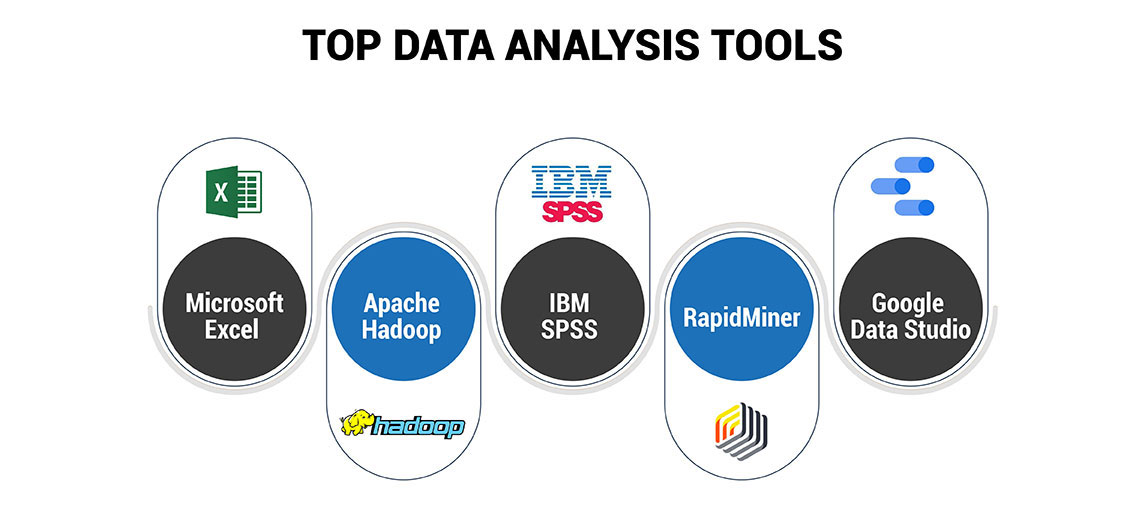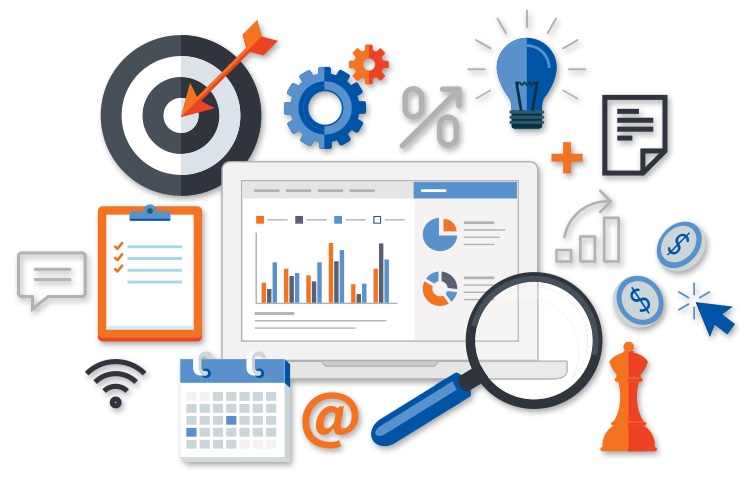Increase Effectiveness and Profitability Through Data Analytics
In today's data-driven landscape, companies are progressively acknowledging the pivotal duty of data analytics in enhancing functional effectiveness and success. By systematically analyzing information, organizations can reveal essential understandings that notify tactical choices, enhance processes, and dressmaker client experiences (Analytics). However, the obstacle lies not only in the execution of these analytical devices however also in comprehending exactly how to translate information into workable outcomes. As we discover the nuances of effective data-driven strategies, the effects for both short-term gains and lasting success become significantly clear. What might these insights expose for your company?
Comprehending Information Analytics
In today's data-driven landscape, recognizing data analytics is vital for companies intending to enhance functional effectiveness and drive earnings. Data analytics involves the methodical computational evaluation of information collections to reveal patterns, correlations, and insights that inform decision-making. By employing different methods, such as analytical evaluation, equipment understanding, and predictive modeling, organizations can transform raw information into workable intelligence.
The procedure generally begins with data collection, where relevant information is gathered from multiple sources, including transactional data sources, consumer communications, and market fads. This information is after that cleansed and arranged to make certain precision and uniformity. As soon as the information is prepared, logical devices and software program are utilized to explore and imagine the information, making it possible for stakeholders to recognize patterns and abnormalities.
Eventually, recognizing data analytics equips organizations to make informed choices based on empirical proof instead of intuition. It helps with targeted techniques that can optimize source appropriation, boost consumer contentment, and boost general performance. As companies increasingly identify the value of data-driven insights, a strong grasp of information analytics becomes an important proficiency for groups and leaders alike, positioning them for continual success in a competitive setting.

Trick Benefits for Services
Companies that leverage data analytics can unlock a plethora of advantages that dramatically enhance their procedures and profitability. One of the main benefits is enhanced decision-making. Information analytics supplies workable understandings obtained from real-time information, permitting services to make enlightened options that line up with market needs and customer choices.

In addition, information analytics cultivates boosted consumer experiences. By recognizing consumer actions and preferences, companies can tailor their offerings, resulting in enhanced complete satisfaction and loyalty. This customized method commonly causes higher conversion prices and repeat organization.
Furthermore, data analytics allows services to determine arising fads and opportunities. By staying in advance of the curve, organizations can take advantage of brand-new markets and technologies prior to their rivals.
Carrying Out Data-Driven Techniques
Successful execution of data-driven methods requires a comprehensive understanding of both business goals and readily available data sources. Organizations must initially define their objectives clearly, guaranteeing placement in between data efforts and tactical purposes. This quality enables groups to focus on pertinent metrics and insights that drive decision-making.
Following, businesses must evaluate their existing information framework. This entails assessing information high quality, ease of access, and assimilation capabilities. High-quality information is important for exact analysis, as poor information can lead to illinformed strategies and lost resources. Organizations needs to develop processes for information collection, cleansing, and management to preserve information honesty.
In addition, fostering a data-driven culture is important. Workers at all levels ought to be motivated to take advantage of information in their everyday procedures. Educating workshops and programs can boost data literacy, empowering staff to make enlightened decisions based upon analytical understandings.
Devices and Technologies Introduction
A durable suite of devices great site and modern technologies is essential for organizations aiming to harness the full capacity of data analytics. These tools help with the collection, handling, and visualization of information, allowing businesses to obtain workable understandings.
At the foundational degree, data management platforms such as SQL databases and NoSQL systems provide effective data storage and access capacities. For data processing and evaluation, shows languages like Python and R, along with frameworks such as Apache Spark, allow intricate calculations and artificial intelligence applications.
Visualization tools, including Tableau and Power BI, transform raw data right into user-friendly graphical formats, making insights obtainable to stakeholders at all levels. In addition, cloud-based platforms like Google Cloud and AWS use scalable storage space and handling options, suiting the growing volumes of information organizations encounter.
For innovative analytics, anticipating modeling and AI-driven services are progressively adopted, allowing firms to forecast trends and boost decision-making processes. Incorporating these tools right into existing workflows is paramount; companies that successfully take advantage of this technology can significantly improve functional efficiency and drive productivity. Therefore, purchasing the right tools and innovations is a critical critical for any type of data-driven company.
Instance Studies of Success
Leveraging data analytics has led countless companies to achieve amazing enhancements in effectiveness and earnings. One remarkable instance is a huge retail chain that implemented predictive analytics to maximize inventory monitoring. By analyzing historical sales information and consumer fads, the firm lowered excess supply by 30%, resulting in considerable cost savings and enhanced capital.
An additional instance can be found in the manufacturing industry, where a leading vehicle maker used information analytics to improve its manufacturing procedures. By checking maker efficiency in real-time, the organization determined inefficiencies and bottlenecks, causing a 20% rise in general devices efficiency (OEE) This not only enhanced manufacturing rates but additionally lessened downtime and maintenance expenses.

These instance researches illustrate how data analytics can drive critical decision-making, maximize processes, and eventually improve both efficiency and profitability throughout different industries.
Verdict
In final thought, the combination of information analytics right into service procedures provides considerable chances for improving effectiveness and success. By systematically evaluating data, organizations can identify inadequacies, maximize client experiences, and make notified decisions.
In today's data-driven landscape, understanding information analytics is essential for organizations intending to boost operational efficiency and drive profitability. Information analytics entails the organized computational evaluation of data collections to reveal patterns, connections, and insights that educate decision-making. Data analytics provides actionable understandings acquired from real-time data, enabling companies to make educated choices that align with market needs and customer preferences.
Top quality information is crucial for precise analysis, as inadequate data can lead to illinformed methods and wasted sources. Organizations should Check Out Your URL establish procedures for find out data collection, cleaning, and management to preserve information stability.